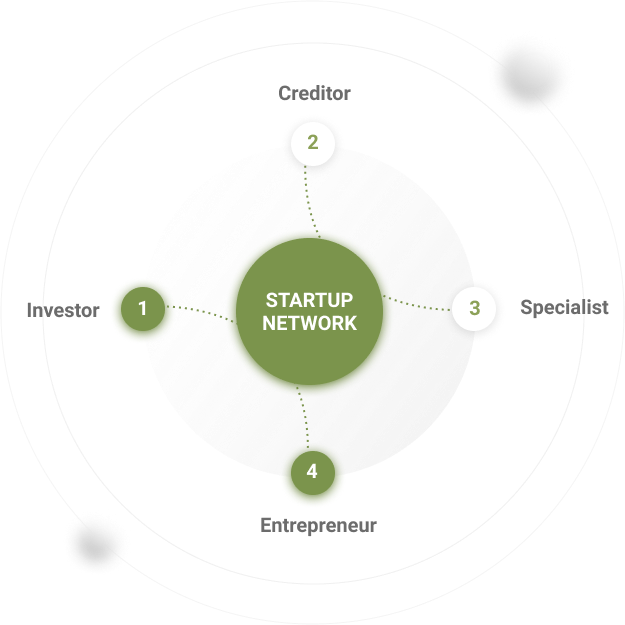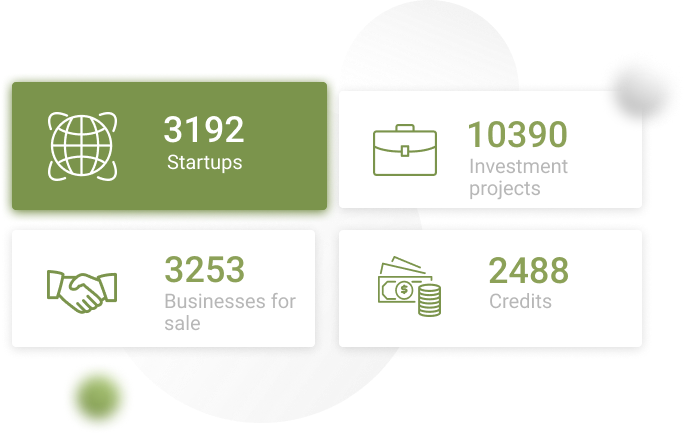
Startup.Network is a professional network which unites Venture Capital market participants and helps:
- Entrepreneurs - to raise pre-seed and seed equity rounds
- Investors - to find outstanding startups
- Professionals - to monetize their knowledge, experience and network

There more than 20,000 startups and investment projects from 55 countries and over 111,000 registered users on our platform.

Historically, we have organized more than 100 Startup Battle on regular bases in many different countries and in the Silicon Valley as well. The event is where entrepreneurs pitch their startup presentations to the investors.
We have also started a Fundraising Acceleration Program for startups which intend on bringing world markets their products.